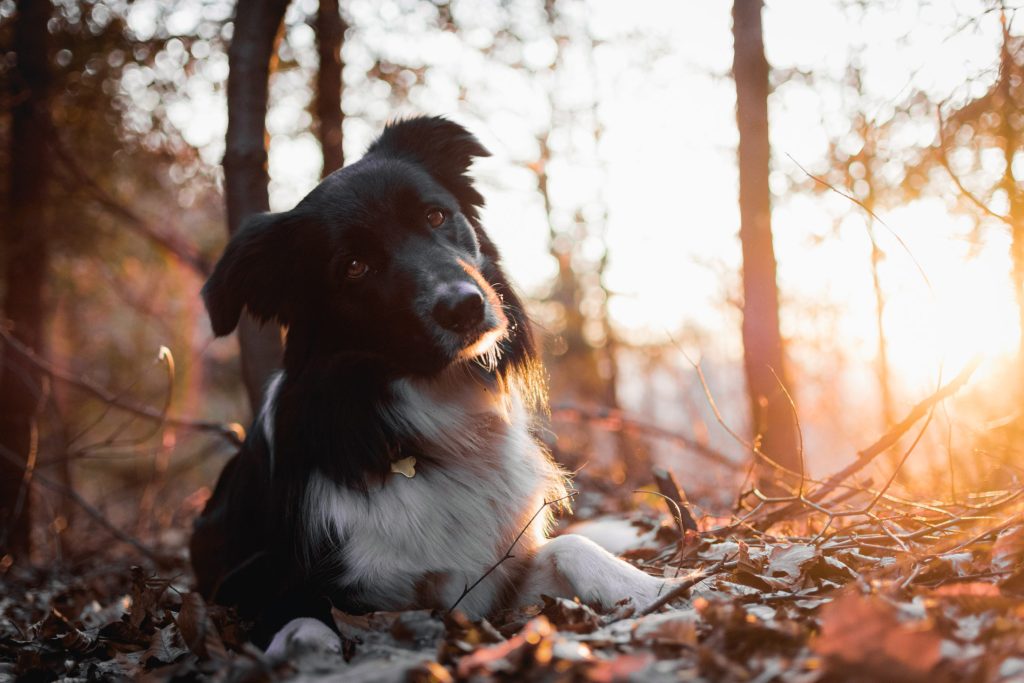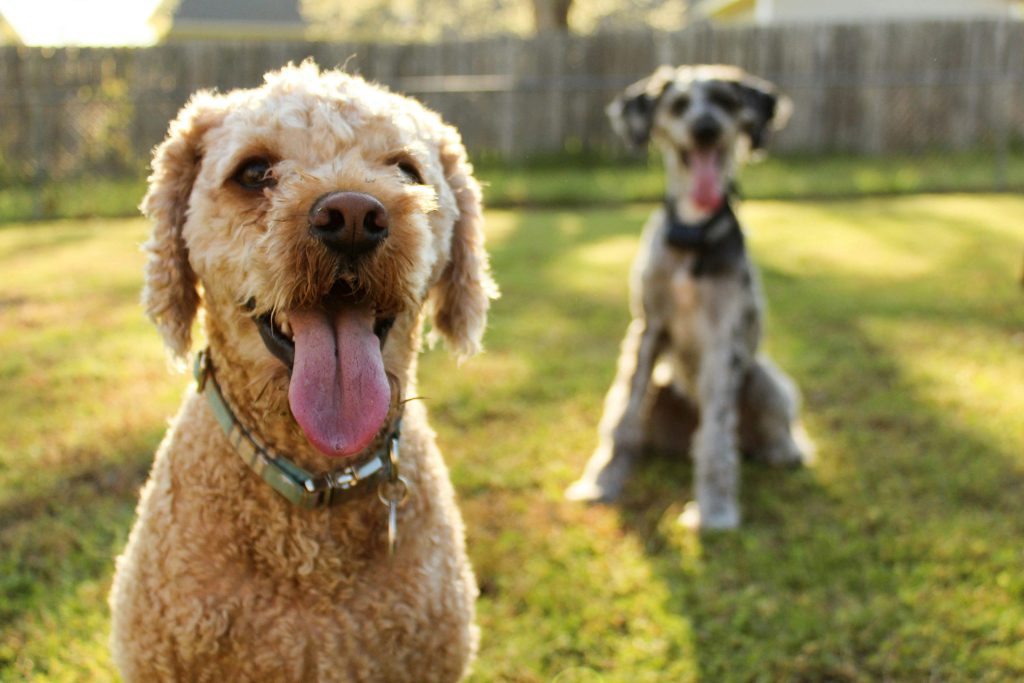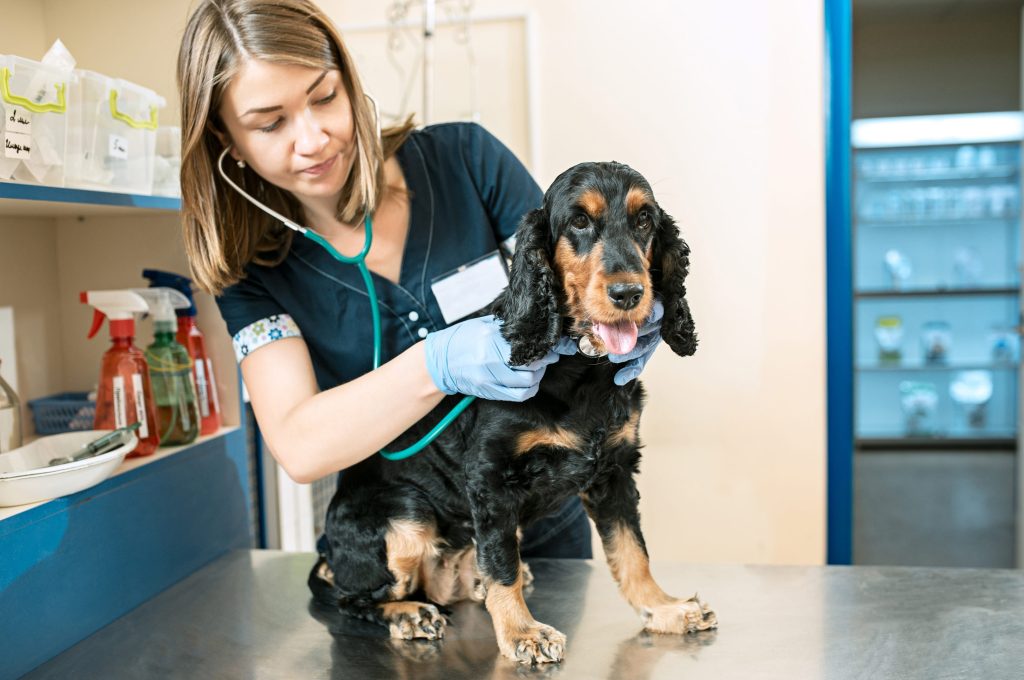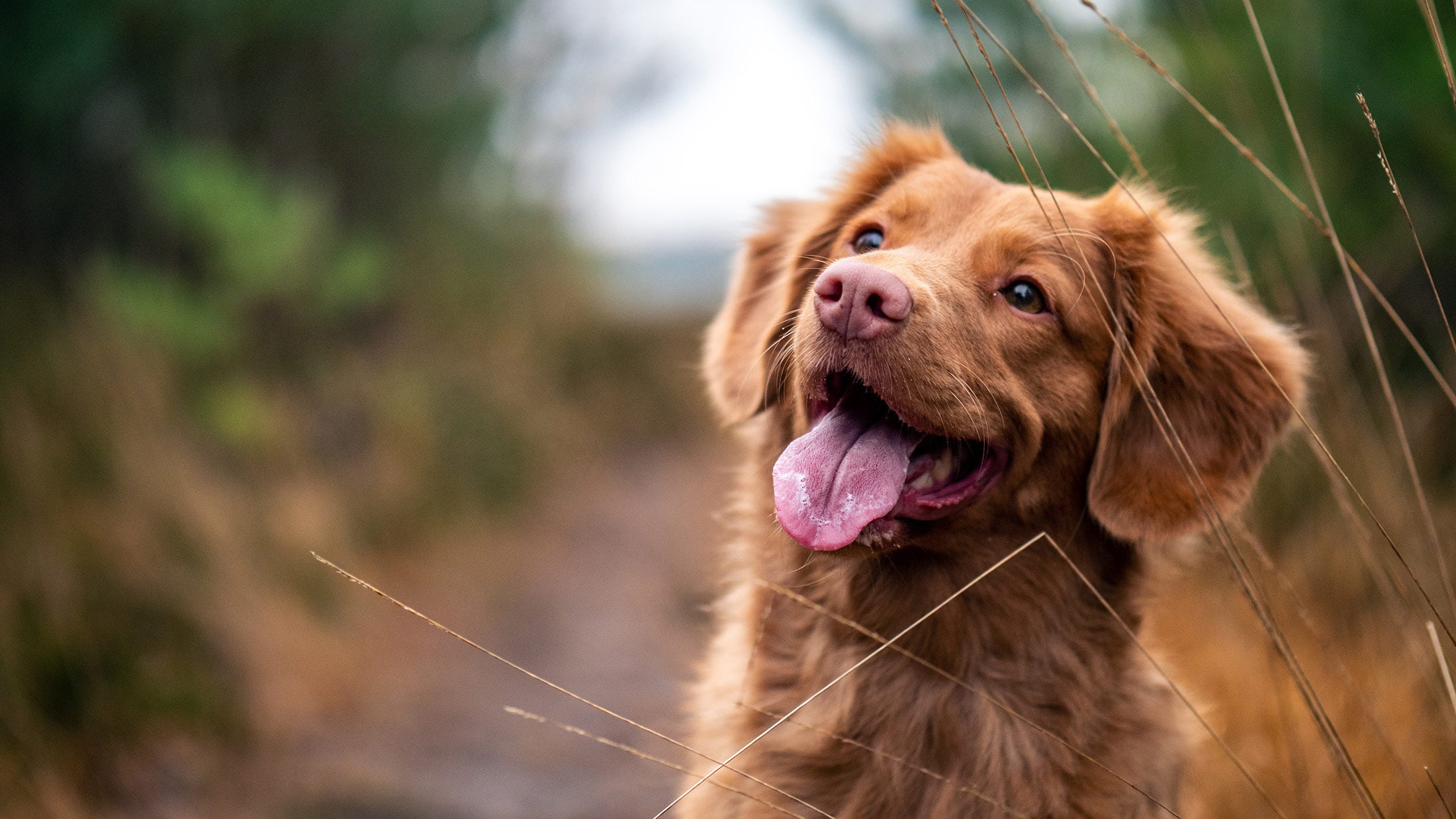As a child growing up just 10 km from Melbourne’s bustling CBD, I learned a harsh and unforgettable lesson about the dangers that snakes can pose to our beloved pets, no matter where we live. A close friend had a lively, energetic 2-year-old German Shorthaired Pointer, full of health and vitality. But one seemingly ordinary afternoon, the unthinkable happened. In the heart of our suburban neighbourhood, a hidden snake bit the dog. Tragically, despite being so close to the city and immediate help, the dog succumbed to the venom swiftly. This incident was a jarring reminder that a dog snake bite isn’t confined to Australia’s vast rural landscapes – it can lurk much closer to home.
Summer in Australia isn’t just about sunny skies and beach days, especially for our four-legged friends. As the mercury rises, so does the activity of our slithery neighbours – snakes. Australia is home to some of the world’s most venomous snakes. While snakes generally avoid humans, curious dogs can unintentionally provoke an encounter. When it comes to our furry friends’ safety, the statistics are quite eye-opening. Each year, there are an estimated 6,200 pet-snake bite cases reported across Australia. This alarming number is a clear indicator that encounters with snakes are not as rare as one might hope, affecting both rural and urban areas.
The risk is real, but don’t let it dampen your summer spirit. With a bit of knowledge and preparation, you can significantly reduce the risks.
Dog Snake Bite Prevention
Parks and Trails Safely with Your Dog
Keeping your dog safe from snakes in dog parks and walking trails is about being proactive and aware. In Australia, where the great outdoors is a vast playground for our canine buddies, a little extra vigilance goes a long way. Let’s explore some more detailed strategies to ensure your walks are both enjoyable and safe.

Know the Terrain and Season
Although snakes are mostly active in warmer seasons, different snakes are active at different times of the year. Familiarise yourself with the types of snakes common in the areas you frequent and their peak seasons. Parks and trails near water bodies, rocky areas, and dense undergrowth are particularly attractive to snakes. In summer, remember that snakes are most active in the cooler morning and late afternoon hours, when you are most likely to be walking your dog.
Leash and Train
A leash is more than just a restraint; it’s a safety tool. Keeping your dog on a leash allows you to control their movements and prevent them from exploring snake-prone areas. Training your dog to obey commands like ‘leave it’ or ‘come’ immediately can be invaluable in preventing them from investigating a potential snake.
Visual Vigilance
As you walk, keep your eyes peeled for snakes, especially near water, logs, or rocks. Dogs are curious and often rely on their noses, which might lead them straight to a hidden snake. By keeping a close watch on both the path ahead and your dog, you can intervene quickly if they get too close to a dangerous area.
Stick to the Path
Staying on well-trodden paths is safer than venturing into dense bush or long grass. Snakes often avoid open areas where they are more vulnerable, so by sticking to the path, you’re reducing the chances of an encounter.
Noise Can Be Your Ally
Interestingly, making a bit of noise as you walk can be beneficial. Most snakes will try to avoid large, noisy animals (like humans), so by chatting or walking with a heavier step, you can give them time to slither away before you and your dog get too close.
Considering Snake Avoidance Training
If you’re residing in a snake-prone area, it’s a smart move to consider visiting a training specialist who specializes in snake avoidance techniques for dogs. These experts can equip your furry friend with the skills to identify and steer clear of snakes, potentially saving their life.
Backyard Safety: A Snake-Smart Home for Your Pooch
Your backyard is your dog’s kingdom – a place where they can run, play, and lounge in the sun. However, it’s also a potential hideout for snakes, especially during the warm Australian summer. While it’s impossible to guarantee a 100% snake-free zone, You can take steps to significantly reduce the risk of an unwanted encounter in your backyard. With a snake-smart backyard, you and your furry friend can enjoy the summer with greater peace of mind.

Tidy and Trim Garden
Regular yard maintenance goes a long way. Keep the grass short and bushes well-trimmed. This reduces the hiding spots for snakes and makes them more visible if they do slither in. Clear away leaf piles, remove dead vegetation, and keep woodpiles away from areas your dog frequents.
Fill in the Gaps
Inspect your yard for any holes or burrows. These can be inviting dens for snakes seeking shelter. Safely fill in any gaps and regularly check for new ones, especially under sheds or in secluded corners.
Reduce Rodent Population
Snakes often enter yards in search of food, which includes rodents. By keeping the rodent population down, you make your yard less appealing to snakes. Ensure garbage bins are sealed, and pet food is not left outside.
Snake-Proof Fencing
Consider installing snake-proof fencing. These barriers are designed to be difficult for snakes to climb over or slither through. Ensure the fence is buried several inches into the ground and extends high enough to deter climbers. Sectioning off aa safe play area for your dog that is clear, open, and easy to monitor can help. This could be a central part of your backyard, away from bushy areas or gardens where snakes could hide.
Be Plant-Smart: Natural Snake Repellent
To create a snake-repelling yet dog-safe garden, consider planting marigolds, lemongrass, rosemary, mint, basil, and strategically placed garlic. Marigolds add a splash of colour while potentially deterring snakes with their presence. Lemongrass, containing snake-repellent citronella, and rosemary with its strong aroma, are both non-toxic to dogs. Mint, in small quantities, can be safe for dogs and its potent smell may ward off snakes. Basil, with its strong scent, is another dog-friendly option. Lastly, garlic, used cautiously and planted around the garden’s perimeter, can create a natural barrier, though it should be out of your dog’s reach due to its potential toxicity in large amounts. Remember, while these plants may help, they’re part of a broader strategy focusing on yard cleanliness and vigilance for a safe, snake-reduced environment for your furry friend.
Regular Inspections
Designate safe play areas for your dog that are clear, open, and easy to monitor. This could be a central part of your yard, away from bushy areas or gardens where snakes could hide.
Dog Snake Bite Symptoms
Detecting a snake bite in your dog can be challenging, especially since our canine friends can’t tell us what’s wrong. Being observant and knowing what to look for can make all the difference.
Immediate Dog Snake Bite Symptoms
Sometimes, you might see or hear the bite occur. A sharp yelp, sudden jump, or a quick snap at an unseen attacker could be your first clue. However, not all dogs will react noticeably to a bite.
Look For Bite Marks on your Dog
Check for small puncture wounds, which may bleed or swell. These marks are often found on a dog’s head, neck, or legs – areas most likely to encounter a snake. However, thick fur can sometimes hide these marks, so be thorough in your check.
Swelling and Pain
One of the most common signs of a snake bite is rapid swelling at the site of the bite. Your dog may also show signs of pain such as whining, limping, or refusing to put weight on a limb.
Neurological Symptoms
Some snake venoms can affect the nervous system. Look out for signs like dilated pupils, drooling, twitching, or muscle weakness. In severe cases, this can progress to seizures or paralysis.
Respiratory Changes
Difficulty breathing or a rapid change in breathing patterns can be a sign of envenomation. This is particularly urgent, as it suggests the venom is affecting your dog’s respiratory system.
Gastrointestinal Upset
Vomiting, diarrhoea, or excessive salivation can occur. While these symptoms can be indicative of many conditions, they shouldn’t be ignored if a snake bite is suspected.
General Distress
Lethargy, restlessness, or a sudden change in behaviour can be a sign that something is wrong. Dogs may also exhibit a decline in alertness or responsiveness.
Collapse or Shock
In severe cases, a dog may collapse or go into shock. This is a life-threatening emergency and requires immediate veterinary attention.
What to Do If Your Dog is Bitten by a Snake
No dog lover wants to imagine their beloved pet in a confrontation with a snake, but being prepared can make all the difference. If your dog is bitten, the steps you take immediately following the incident are crucial.

Stay Calm and Assess the Situation
It’s natural to panic, but staying calm is vital. Panicking can stress your dog, which may increase their heart rate and speed up the spread of venom.
If you see the snake, try to identify it safely for your veterinarian (such as by taking a photograph or noting the pattern and colouring as long as you can do so while staying safe) but don’t worry if you are unable to do this because your veterinarian can use a venom detection test-kit to identify the correct anti-venom to use.
Keep Your Dog Calm and Restrained
Movement can accelerate the circulation of venom through your dog’s body. Keep your dog calm and as still as possible. If the bite wound is on the face or neck, remove your dog’s collar as the area may swell.
Seek Veterinary Care Immediately
This is perhaps the most crucial step. Time is a critical factor in the effectiveness of snake bite treatment. Phone your local vet and let them know you are on your way (in case they do not stock snake anti-venom they will be able to point you towards a vet that does). They may also provide additional instructions. Try to carry them to the car to minimise movement. If you have someone with you, let them drive while you comfort your dog.
A Safe Summer for You and Your Dog
Encounters with wildlife are part of the Australian landscape, but with the right knowledge and precautions, they don’t have to be a barrier to your enjoyment.
Take these tips to heart, share them with fellow dog lovers, and never hesitate to seek advice from professionals if you’re ever in doubt. Here’s to a summer of safe, snake-aware adventures where the only thing you’ll need to worry about is having too much fun!
So, leash up, pack your water bottles, and set out for another memorable day with your four-legged best friend, knowing that you’re prepared for whatever comes your way. Happy and safe adventuring!







